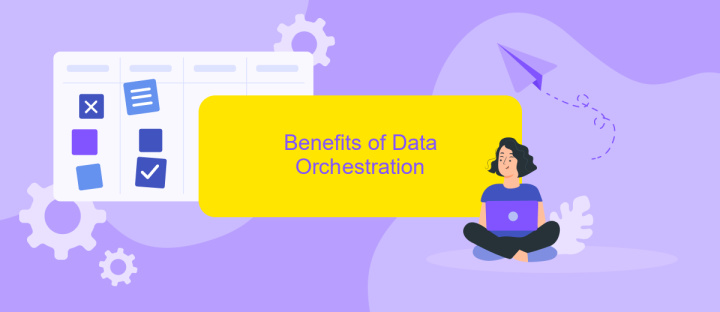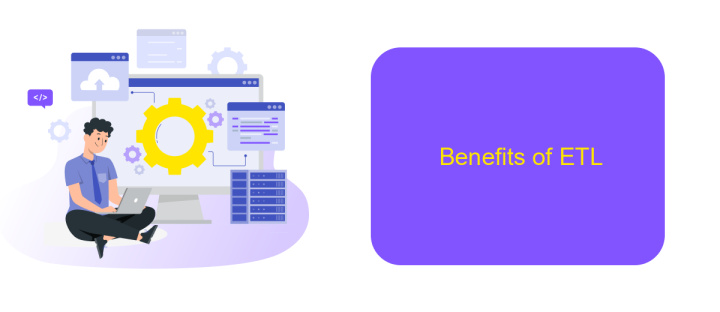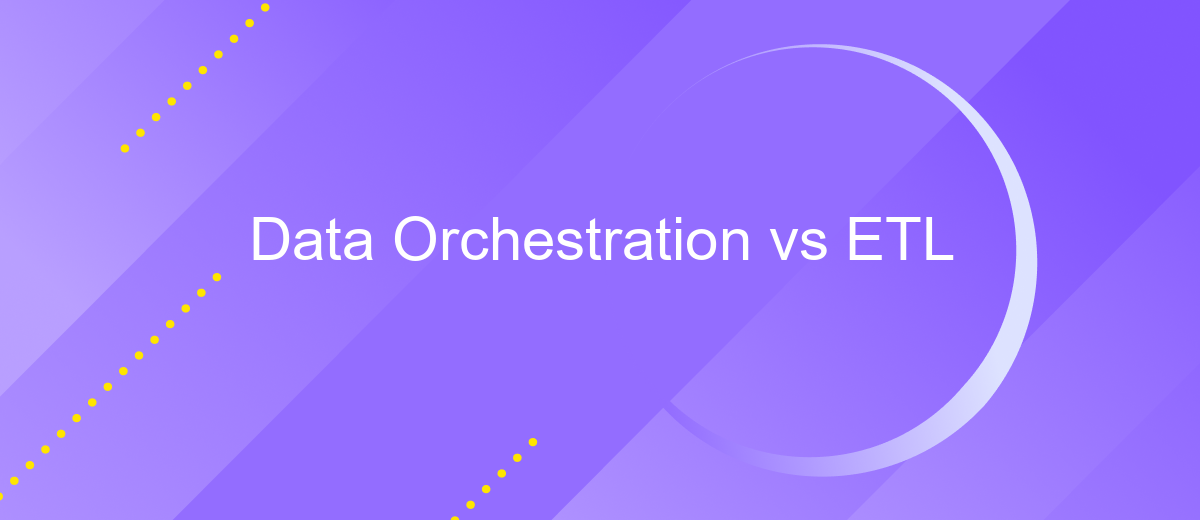Data Orchestration vs ETL
In the rapidly evolving landscape of data management, understanding the distinctions between Data Orchestration and ETL (Extract, Transform, Load) is crucial. While both aim to streamline data workflows, they serve different purposes and offer unique advantages. This article delves into their core functionalities, differences, and how choosing the right approach can significantly impact your data strategy.
Introduction
In the ever-evolving landscape of data management, businesses are constantly seeking efficient ways to handle vast amounts of information. Two prominent approaches in this domain are Data Orchestration and ETL (Extract, Transform, Load). While both methods aim to streamline data processes, they serve distinct purposes and offer unique benefits. Understanding the differences between these two can significantly impact the effectiveness of your data strategy.
- Data Orchestration: Manages the flow and processing of data across various systems and applications.
- ETL: Focuses on extracting data from sources, transforming it into a suitable format, and loading it into a target database or warehouse.
Choosing the right approach depends on your specific needs and the complexity of your data ecosystem. For instance, services like ApiX-Drive can simplify the integration process, making it easier to connect various applications and automate workflows. By leveraging such tools, organizations can enhance their data management capabilities, ensuring seamless and efficient operations.
Data Orchestration vs ETL

Data orchestration and ETL (Extract, Transform, Load) are critical processes in managing and integrating data across various sources. Data orchestration focuses on the coordination and automation of data workflows, ensuring that different data processes work seamlessly together. It manages dependencies, schedules tasks, and handles error recovery, providing a holistic view of data movement. In contrast, ETL is a more specific process involving the extraction of data from various sources, transforming it into a suitable format, and loading it into a target system, such as a data warehouse.
While ETL is essential for data integration, data orchestration offers a broader scope by managing complex workflows across multiple systems. Services like ApiX-Drive can simplify both ETL and data orchestration by providing automated solutions for data integration. ApiX-Drive allows users to set up and manage integrations without requiring extensive technical knowledge, making it easier to synchronize data across different platforms. This capability enhances both the efficiency and reliability of data management processes.
Benefits of Data Orchestration

Data orchestration offers numerous benefits, making it an essential component for modern data management strategies. By automating and streamlining data workflows, organizations can achieve higher efficiency and accuracy in their data processing tasks.
- Enhanced Efficiency: Data orchestration automates repetitive tasks, reducing the time and effort required for manual data handling.
- Improved Accuracy: Automated workflows minimize human errors, ensuring data integrity and consistency.
- Scalability: Orchestration tools can handle large volumes of data, making it easier to scale operations as the organization grows.
- Seamless Integration: Services like ApiX-Drive facilitate the integration of various data sources, creating a unified data ecosystem.
- Real-time Processing: Data orchestration enables real-time data processing, providing timely insights for better decision-making.
By leveraging data orchestration, businesses can optimize their data workflows, leading to more efficient operations and better data-driven decisions. Tools like ApiX-Drive play a crucial role in simplifying the integration process, ensuring that data from multiple sources can be seamlessly orchestrated into a cohesive system.
Benefits of ETL

ETL (Extract, Transform, Load) is a critical process in data management that offers numerous benefits for organizations. It enables the consolidation of data from various sources, ensuring that it is transformed into a consistent format and loaded into a target system for analysis and reporting.
One of the key advantages of ETL is its ability to handle large volumes of data efficiently. By automating the data extraction, transformation, and loading processes, ETL reduces the time and effort required for data integration. This leads to more timely and accurate insights, which can drive better decision-making.
- Improved data quality and consistency
- Enhanced data integration from multiple sources
- Scalability to handle growing data volumes
- Reduced manual effort and errors
- Timely access to critical business insights
For businesses looking to streamline their data integration processes, tools like ApiX-Drive can be invaluable. ApiX-Drive simplifies the setup of integrations, automating data flows between various applications and systems. This not only enhances the efficiency of ETL processes but also ensures that data is always up-to-date and accessible for analysis.


Who should use Data Orchestration and ETL?
Data orchestration is ideal for organizations that need to manage complex data workflows across multiple systems and applications. It is particularly useful for businesses that rely on real-time data processing and require seamless integration between various data sources. Companies in industries such as finance, healthcare, and e-commerce often benefit from data orchestration to ensure that data is accurately and efficiently processed. For instance, services like ApiX-Drive can help automate and streamline these integrations, making it easier to manage and synchronize data across different platforms.
On the other hand, ETL (Extract, Transform, Load) processes are essential for organizations that need to consolidate data from various sources into a centralized data warehouse for analysis and reporting. ETL is commonly used by businesses with large volumes of data that need to be cleaned, transformed, and loaded into a structured format. Industries such as retail, telecommunications, and manufacturing often use ETL to prepare data for business intelligence and analytics. While ETL focuses more on batch processing, it remains a critical component for data warehousing and analysis.
FAQ
What is the primary difference between data orchestration and ETL?
Can data orchestration replace ETL processes?
How does data orchestration improve data management?
What are some common tools used for data orchestration?
How can businesses implement data orchestration and ETL processes effectively?
Routine tasks take a lot of time from employees? Do they burn out, do not have enough working day for the main duties and important things? Do you understand that the only way out of this situation in modern realities is automation? Try Apix-Drive for free and make sure that the online connector in 5 minutes of setting up integration will remove a significant part of the routine from your life and free up time for you and your employees.

